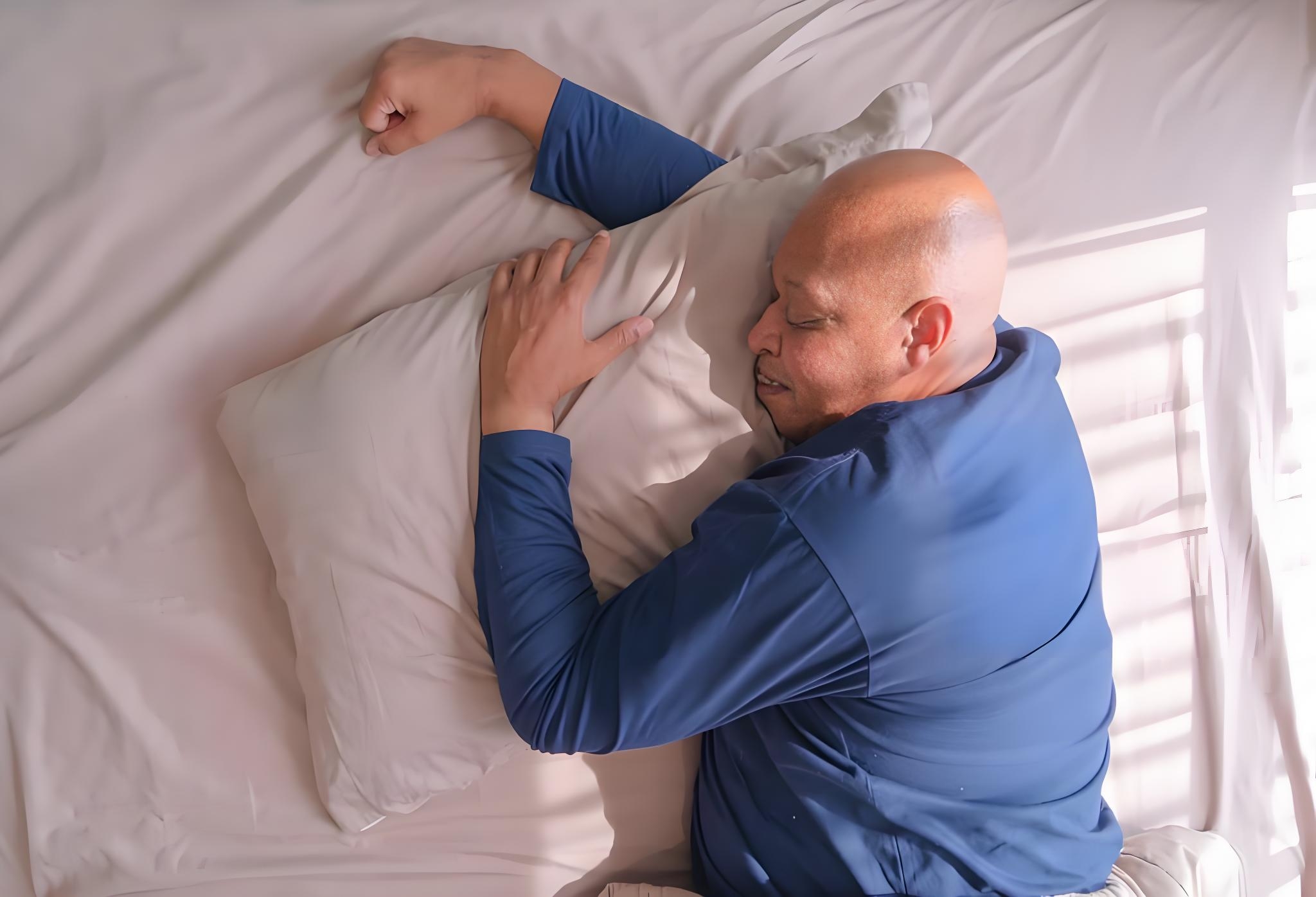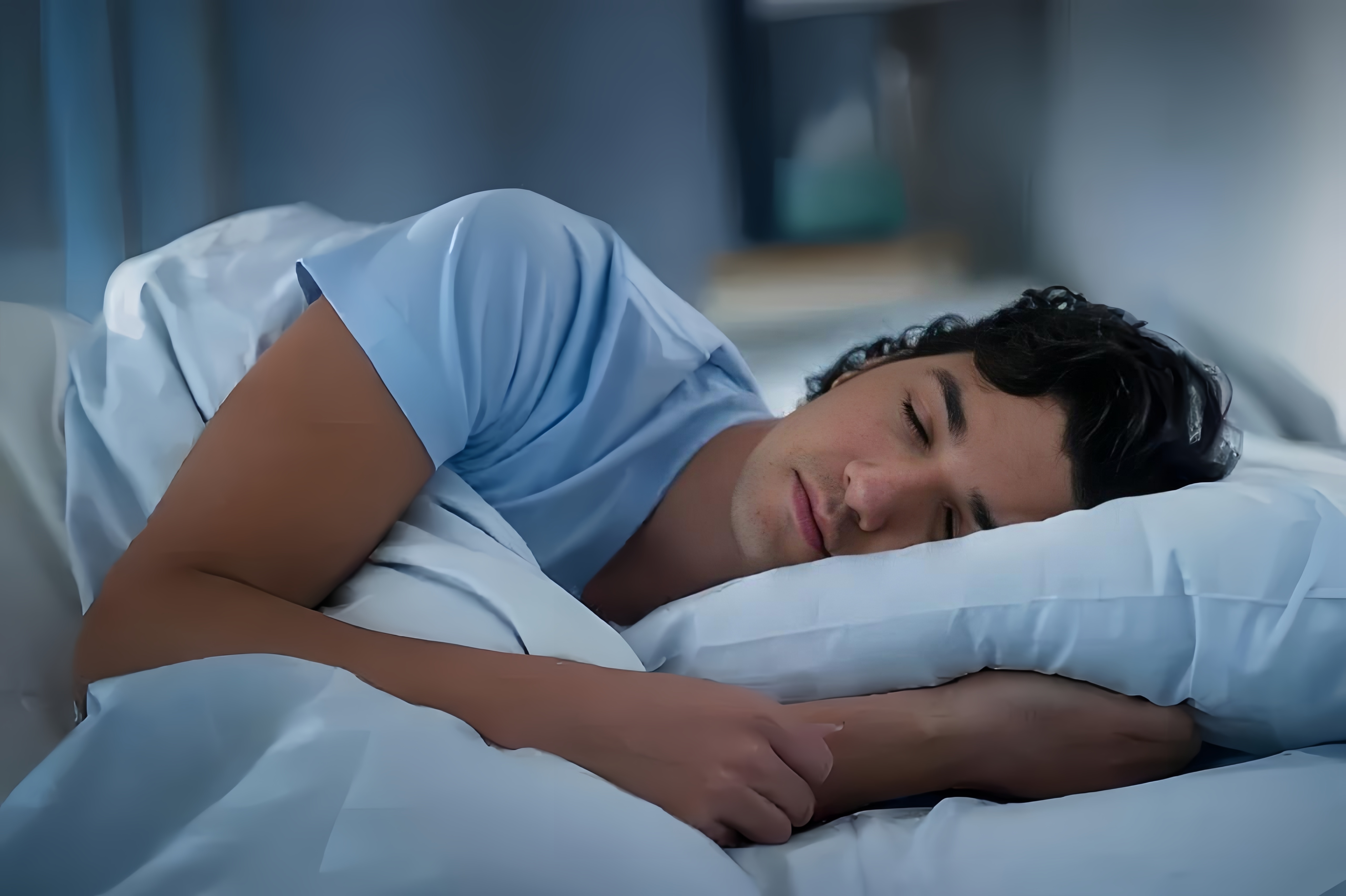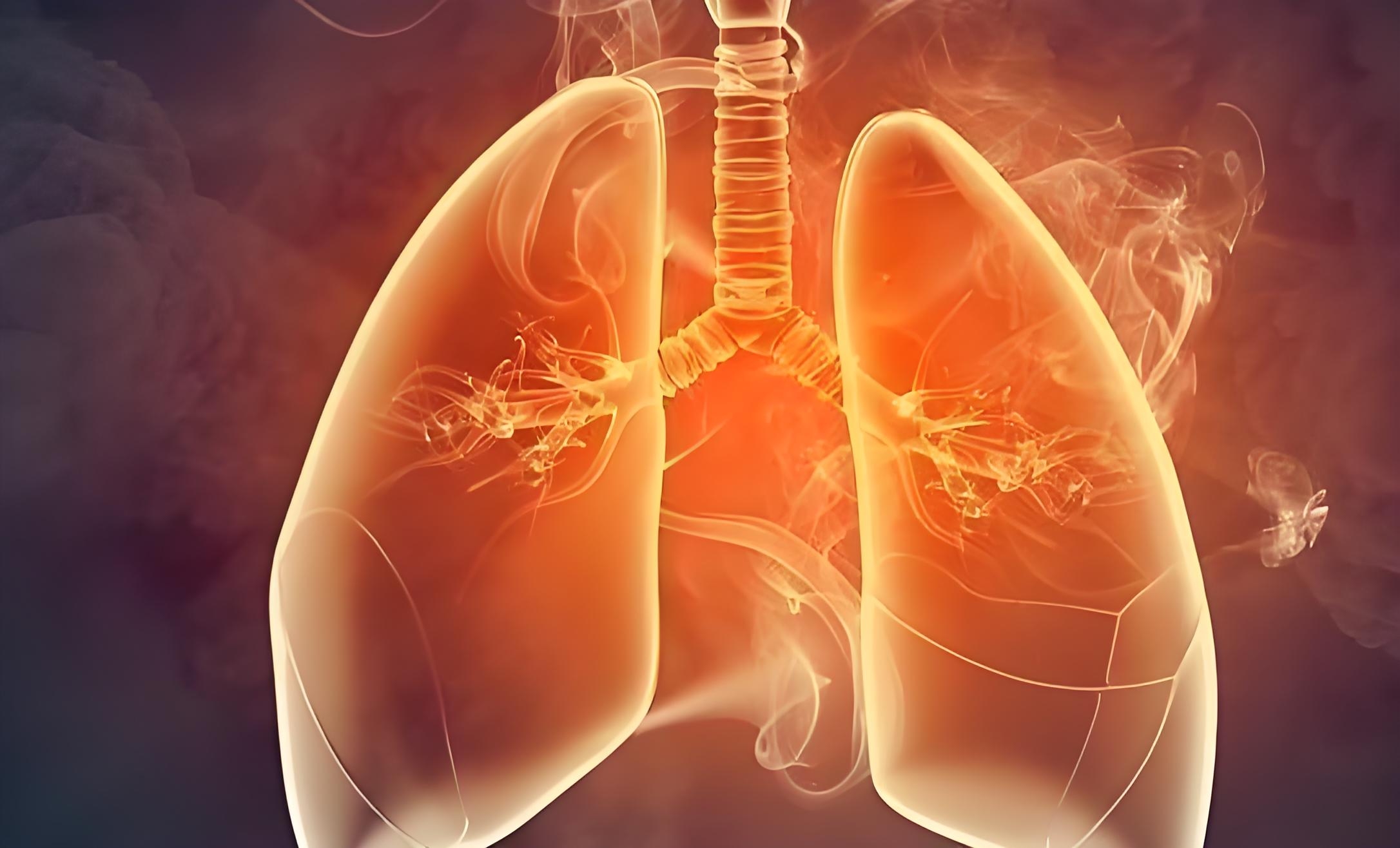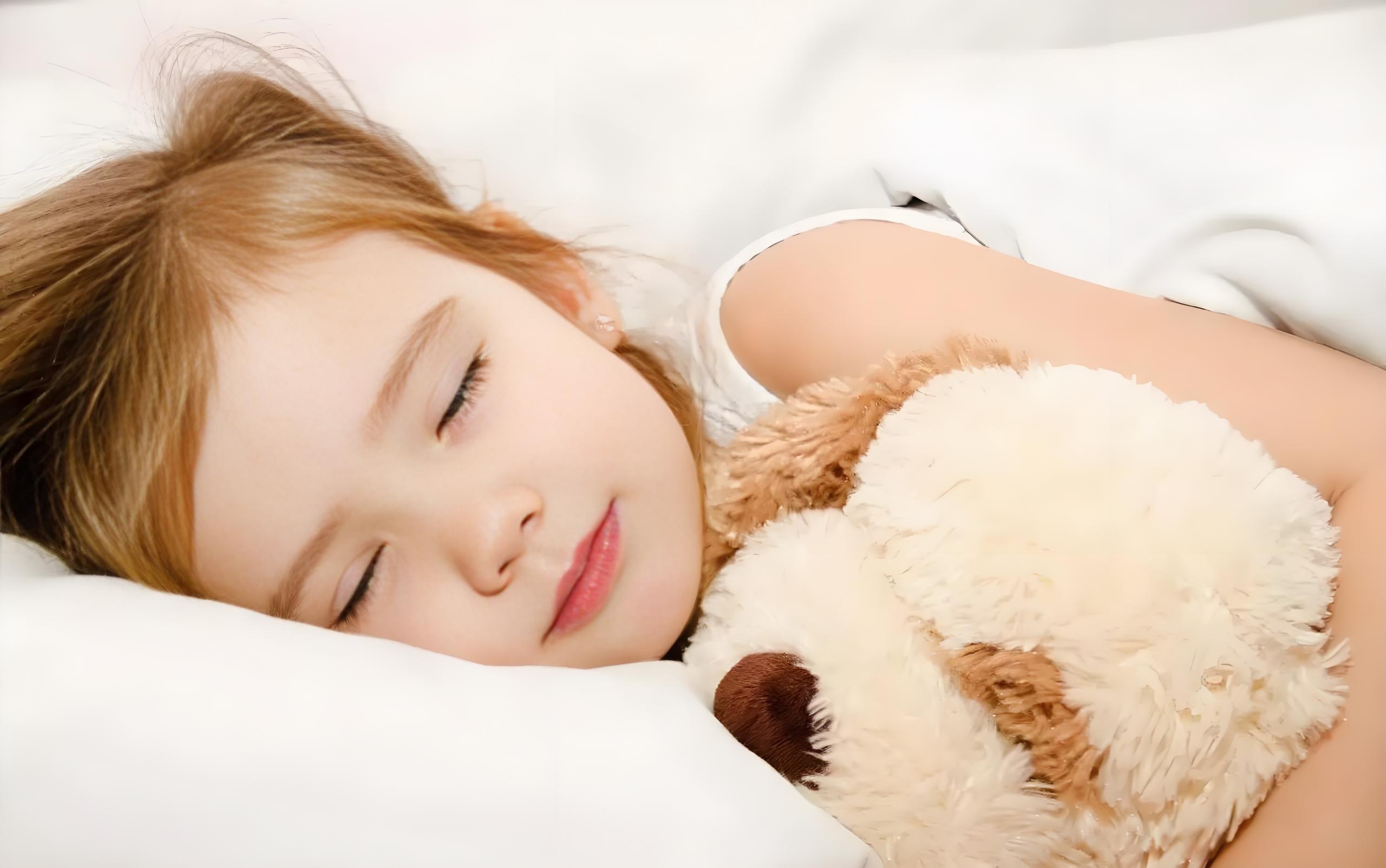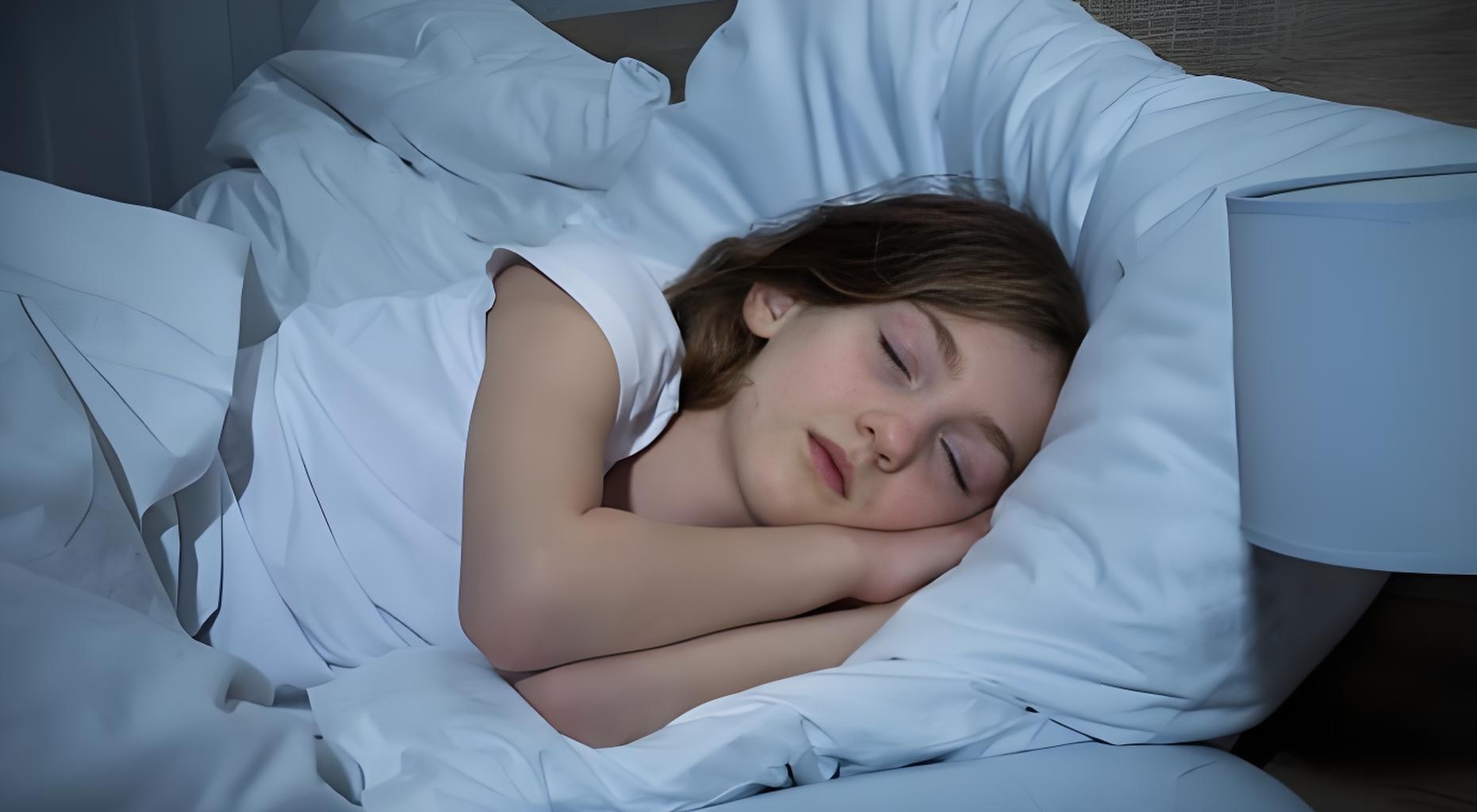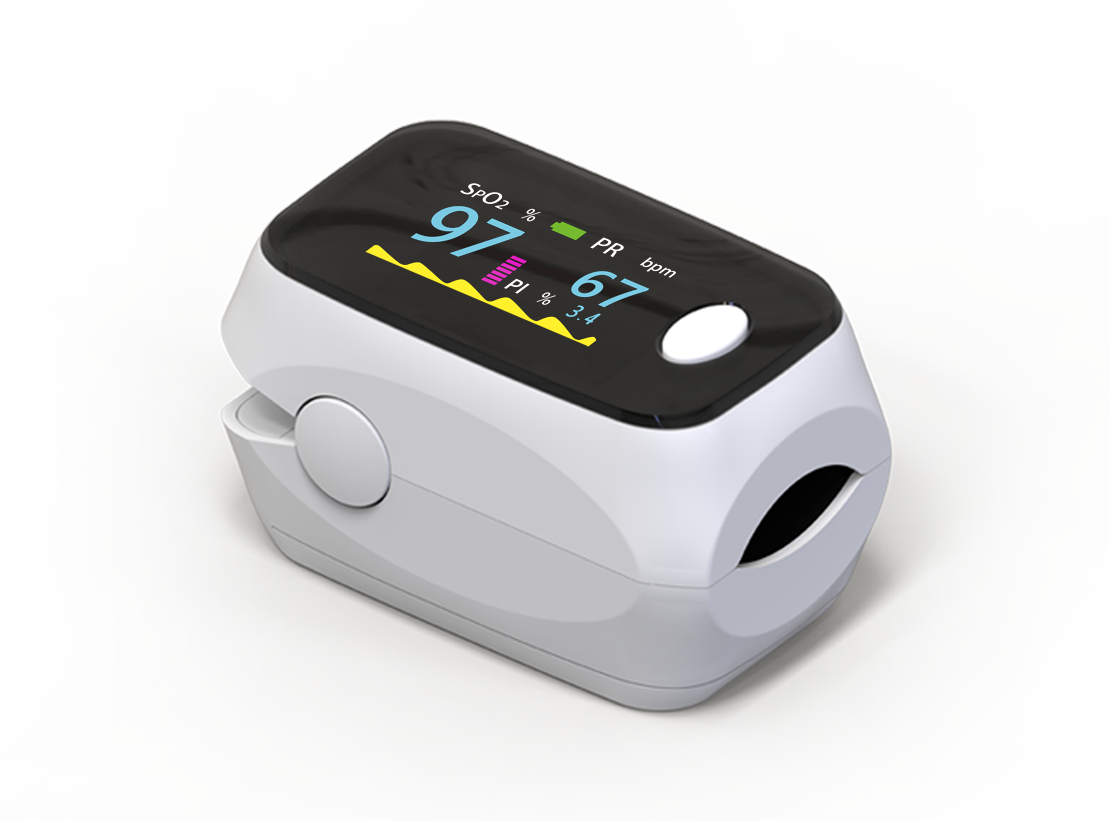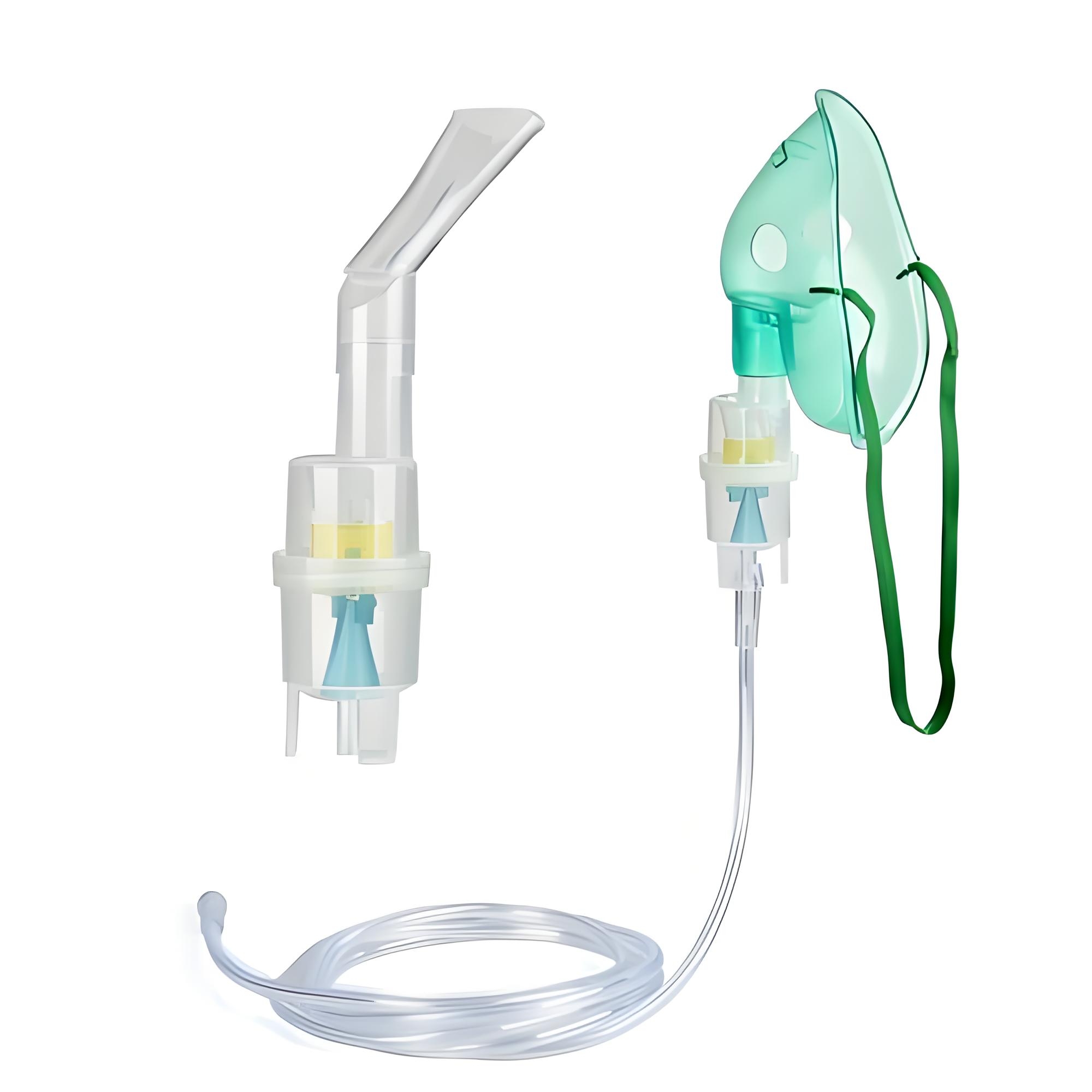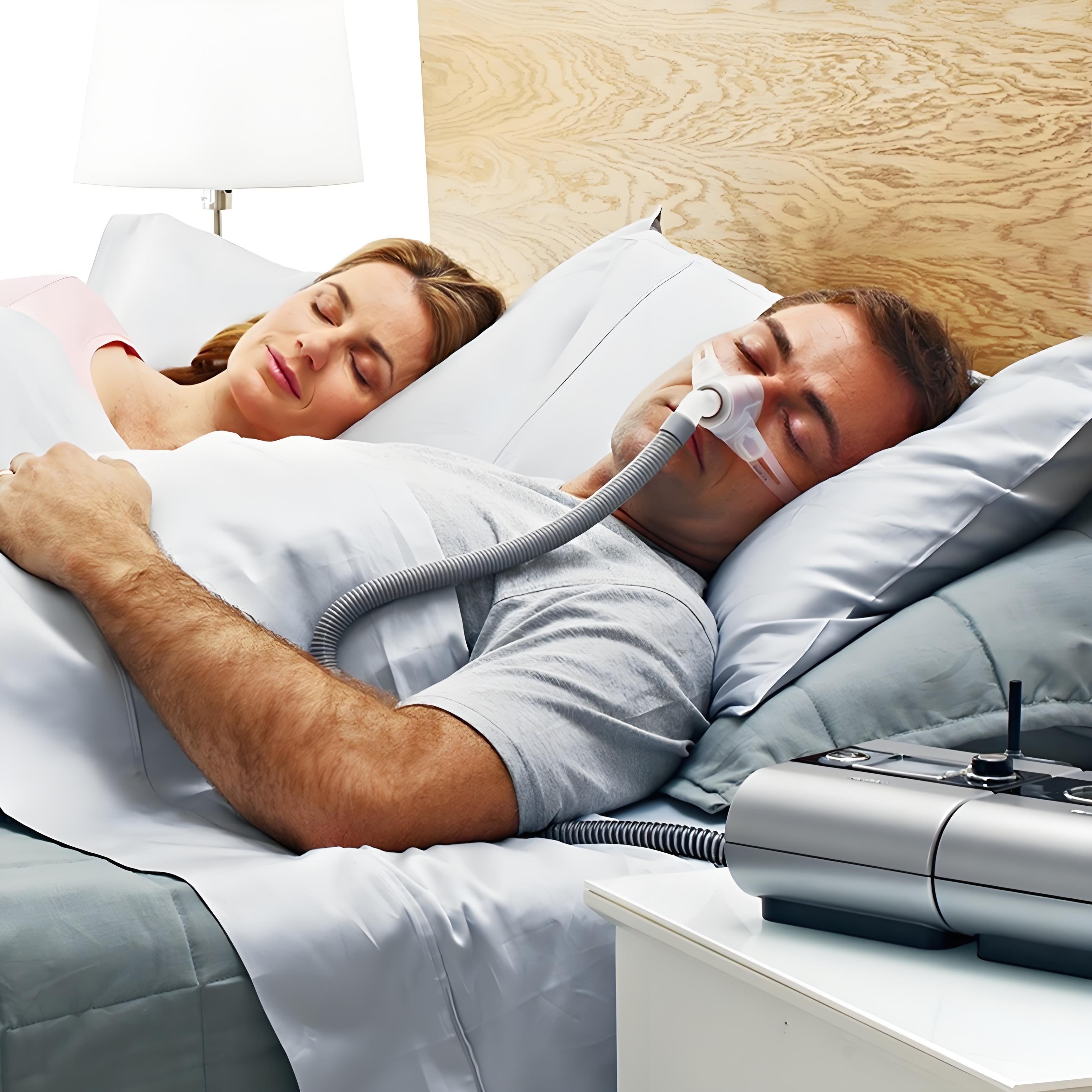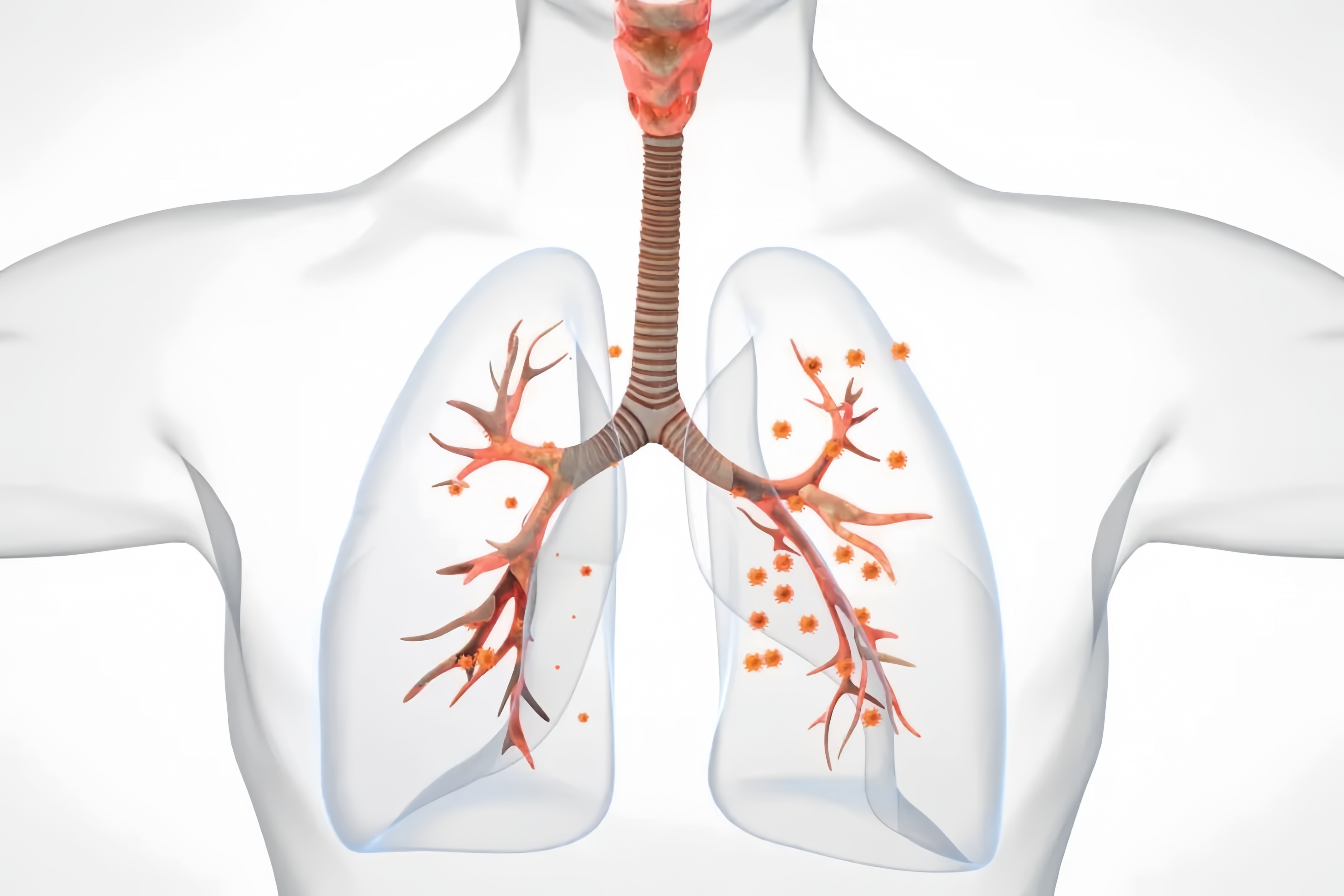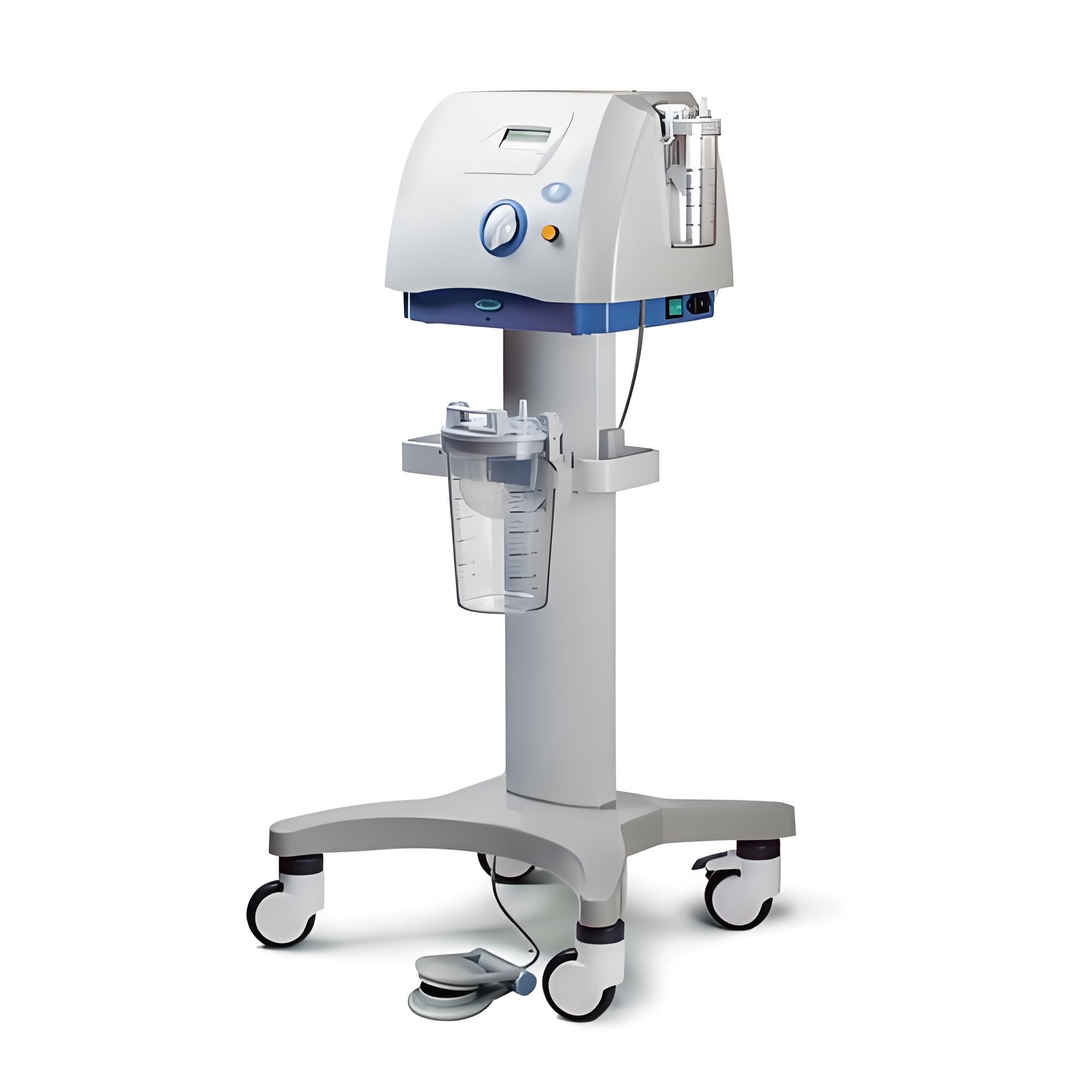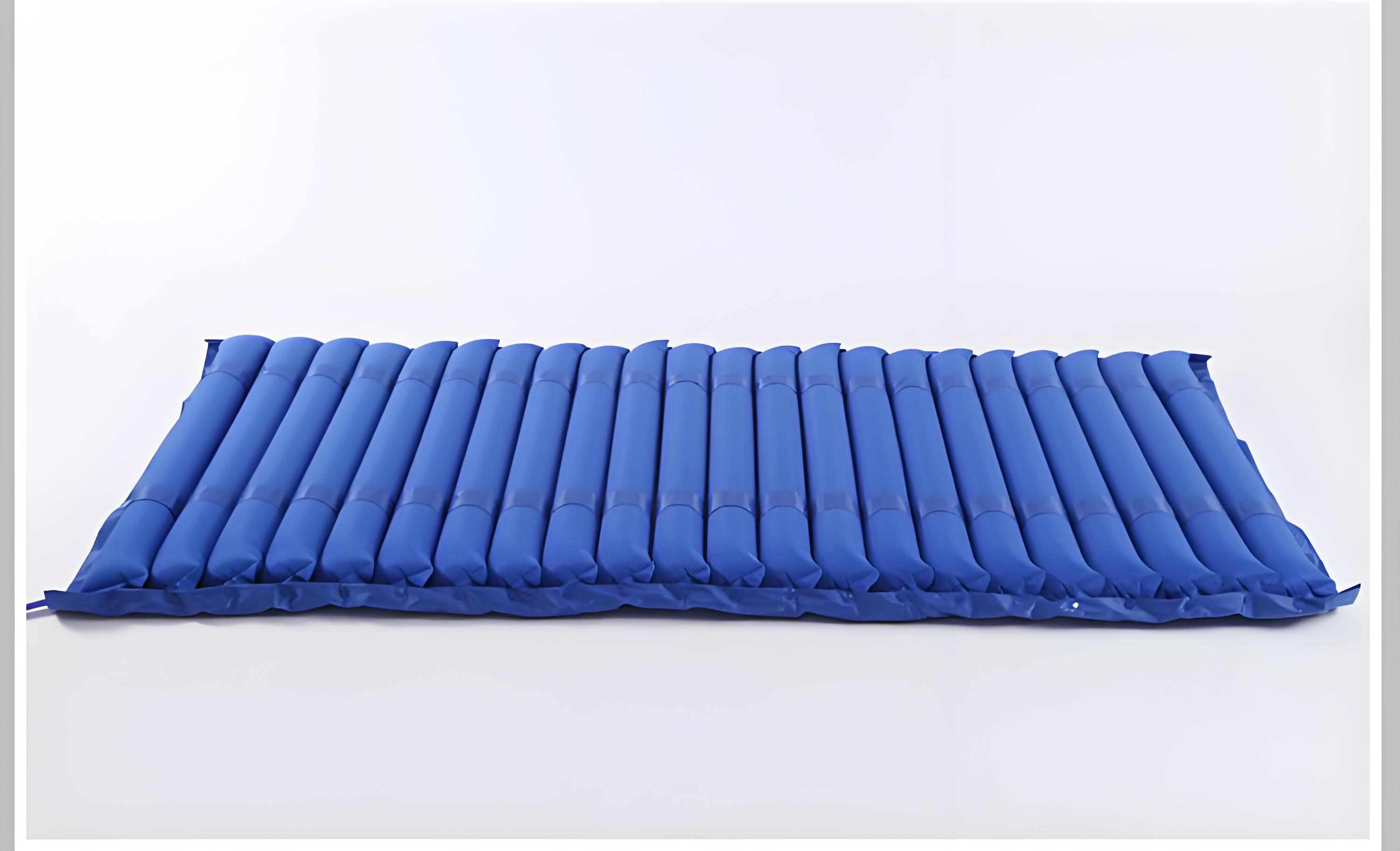Sleep Apnea In Childhood Diagnosis Treatment And Recommendations
Sleep Apnea In Childhood Diagnosis Treatment And Recommendations
While sleep apnea is commonly known as a sleep disorder in adults, it is also a significant health concern that can occur in children. Sleep apnea is characterized by repeated interruptions in breathing and airflow during sleep. This condition can have adverse effects on a child’s growth, development, and behavior. In this article will discuss the diagnosis, treatment, and outcomes of sleep apnea in childhood.
Prevalence and Causes of Sleep Apnea in Children
Sleep apnea in children often arises due to factors such as enlarged tonsils and adenoids, anatomical abnormalities in the face and jaw structures, and obesity. Sleep apnea is more commonly observed in children aged 2-8 years and can be effectively managed with early diagnosis and treatment.
Symptoms and Diagnosis of Sleep Apnea
The symptoms of sleep apnea in children may differ from those in adults. Signs of sleep apnea in children can include frequent snoring, difficulty in breathing in and out, mouth breathing, frequent awakenings, excessive daytime sleepiness, behavioral problems, and attention deficits. The diagnosis of sleep apnea in children is established through sleep tests and the use of polysomnography.
Treatment of Sleep Apnea in Children
Various treatment options are available for managing sleep apnea in children, with the choice of treatment depending on the underlying cause and severity of the condition. Some treatment methods include:
Tonsillectomy and Adenoidectomy: Enlarged tonsils and adenoids are often the primary causes of sleep apnea in children. In such cases, surgical intervention (tonsillectomy and/or adenoidectomy) may be considered.
CPAP (Continuous Positive Airway Pressure): CPAP therapy can be applied to children using appropriate masks and devices. The CPAP machine delivers pressurized air to keep the airways open.
Orthodontic Treatment: Irregularities in jaw and facial structures can contribute to sleep apnea. Therefore, orthodontic treatment may be a suitable option for children.
The Effect of Sleep Apnea Treatment on Childhood
Early diagnosis and appropriate treatment can significantly reduce the effects of sleep apnea in children. Sleep apnea treatment can positively influence a child’s growth and development, improve behavioral issues, and reduce problems related to attention deficit. Additionally, it lowers the risk of health problems that can arise as a result of sleep apnea.
Recommendations and Preventive Measures
– Parents should pay attention to frequent snoring, breathing difficulties, or changes in sleep patterns in children and promptly consult a specialist if they observe symptoms of sleep apnea.
– Regular check-ups and monitoring of a child’s sleep patterns are essential for early detection of sleep apnea and initiating the treatment process.
– Obesity is a significant risk factor for sleep apnea. Healthy eating habits and regular physical activity are important for preventing sleep apnea in childhood.
Sleep apnea is a significant sleep disorder in childhood that can negatively affect a child’s growth, development, and behavior. Early diagnosis and appropriate treatment are crucial for reducing the impact of sleep apnea in children and preventing health issues. Parents’ close monitoring of their child’s sleep patterns and breathing, awareness of potential signs of sleep apnea, and seeking expert advice when necessary are of paramount importance for ensuring a healthy sleep experience for children.
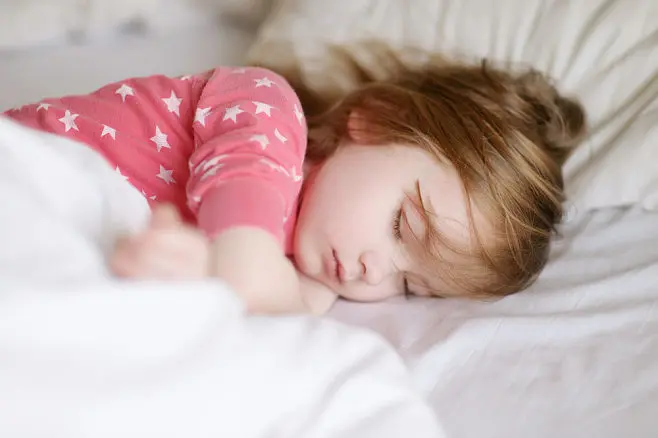

 English
English Spanish
Spanish Turkish
Turkish

